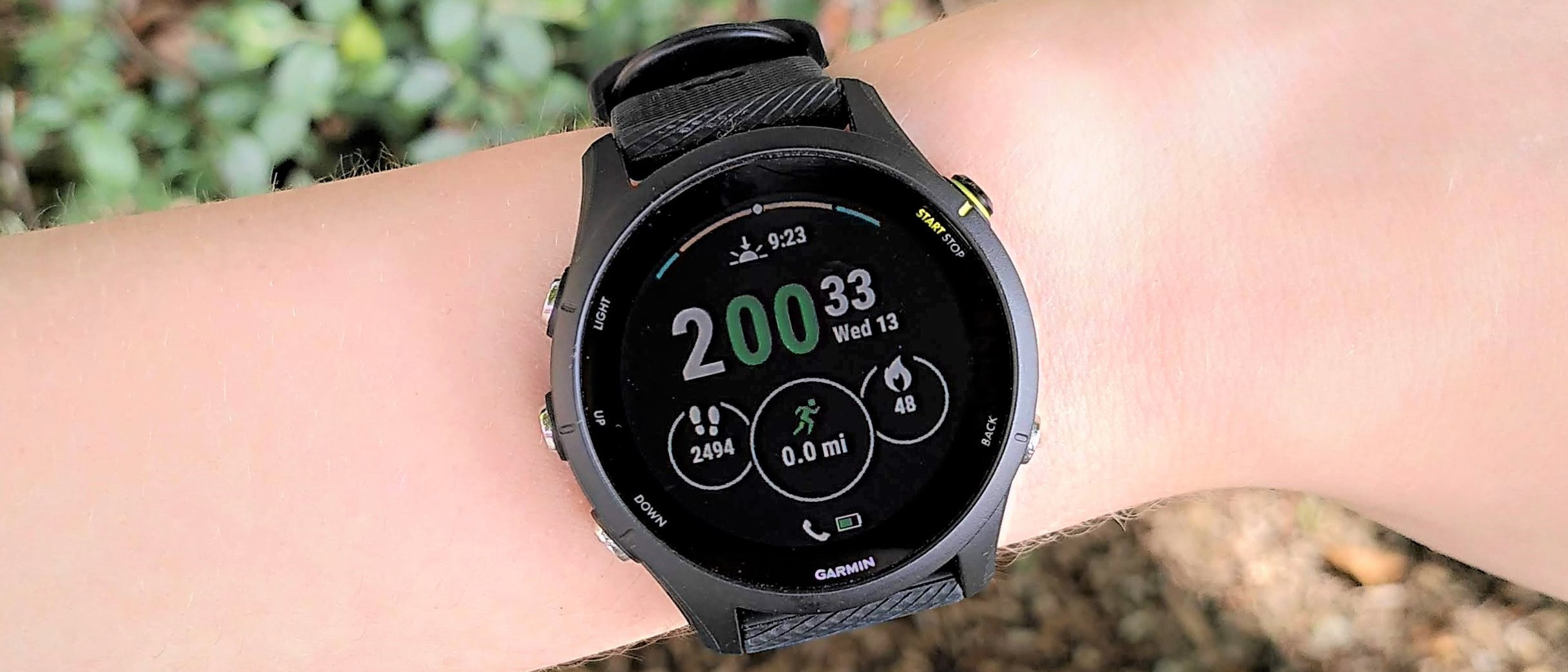Advnture Verdict
The Garmin Forerunner 255 represents a big step up from the 245, and is now a fully fledged triathlon watch. Its new dual-band GPS tracking is particularly impressive, and its battery life is superb as well, though we would have appreciated a version equipped with Garmin's Power Glass to keep the battery topped up with a regular dose of sunlight. The new Race Day widget is also a real winner, helping you prepare for event days, and really builds on Garmin's excellent training suggestions. An excellent watch if you want to take your training to the next level, but top-tier watches like the Fenix 7 or Forerunner 955 offer more tools than you're going to need.
Pros
- +
Very accurate location tracking
- +
Lightweight and comfortable
- +
Impressive battery life
- +
Choice of sizes
Cons
- -
No touchscreen
- -
No solar option
You can trust Advnture
Garmin Forerunner 255 first impressions
The Garmin Forerunner 255 is a big step up from its predecessor, the Forereunner 245, and has evolved from an intermediate level running watch to an entry-level triathlon watch with full multi-sport support. It’s a decision that makes a lot of sense; the more affordable Forerunner 55 (released in 2021) is such an advanced running watch, there’s no longer any need for a device quite like the 245.
It’s available in two case sizes: the standard 46mm diameter, and 41mm diameter. The latter of these is known as the Forerunner 255S, and is one of the smallest GPS watches Garmin has ever made. It comes in a range of colors, with different options available depending on which size you choose, and whether you opt for the regular or music-compatible version. Here I tested the 46mm music edition in black. The watch’s case is made from resin, with four metal buttons (the start button, which you’ll be using most often, is plastic) and a silicone band.
• List price: From $349.99 / £299.99
• Case size: 41mm / 46mm
• Weight: 39g / 49g
• Display type: Memory-in-pixel
• Water rating: 5ATM
• Best use: Trail running, road running, swimming, cycling, triathlon, water sports
The Forerunner 255 has the same five-button layout as most Garmin watches, with the start and back buttons on the right-hand edge of the case, and up, down, and menu buttons on the left. Unlike many of the company’s latest devices (including the Forerunner 955), it doesn’t have a touchscreen, so you’ll be using these controls for all its everyday functions.
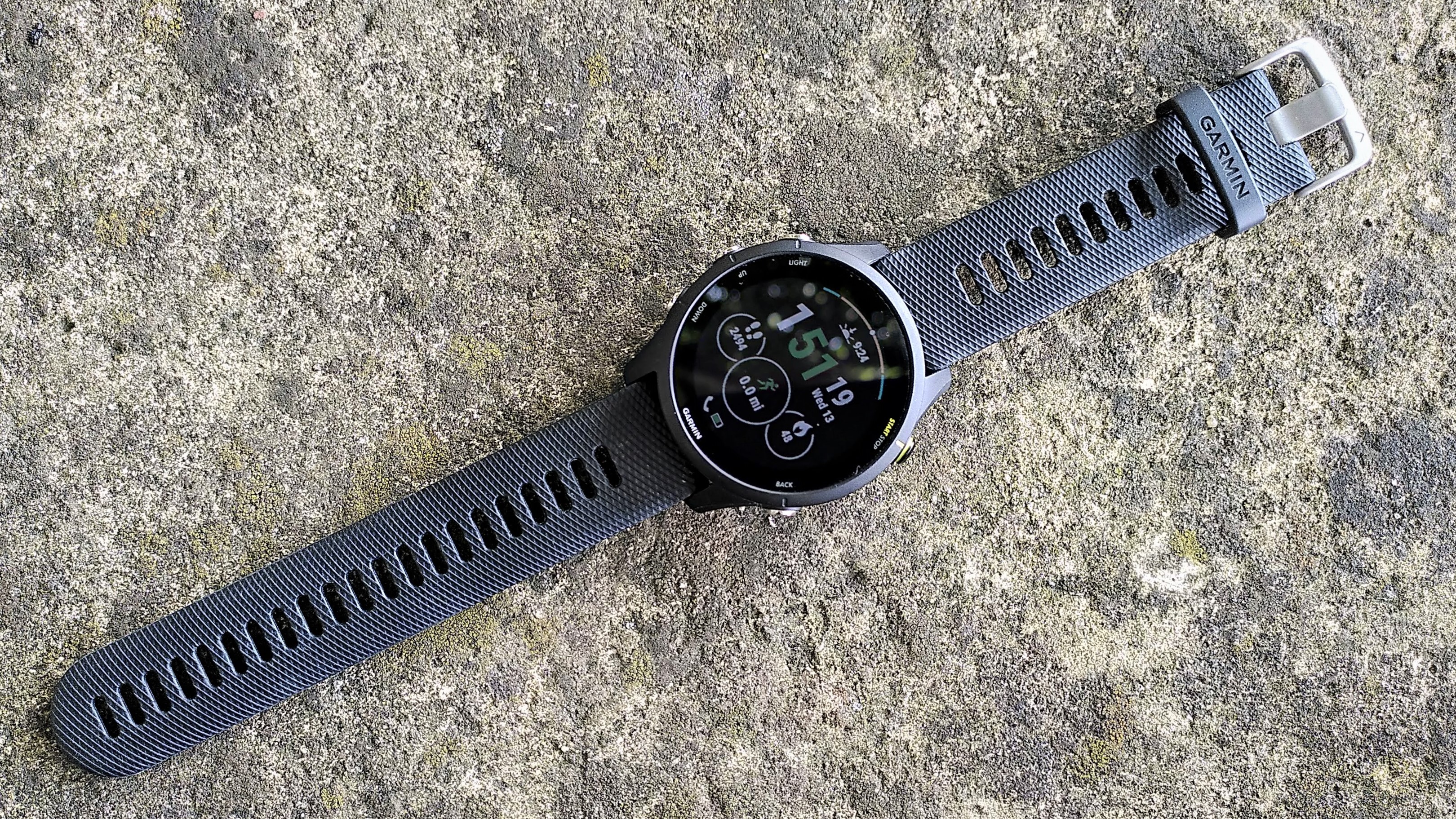
Like all Forerunner watches, it has a color memory-in-pixel display, which uses less power than the OLED displays of watches like the Garmin Epix and Venu 2, but is less striking. It’s to be expected for a watch in this price band, though.
The watch comes with an array of faces preinstalled (with analog and digital options), and you can tweak the colors to your liking via the settings menu. If none of the standard options take your fancy, you can also download new ones through the Garmon Connect IQ store, which is where you’ll also find a modest selection of apps to download.
As with other Garmin watches, scrolling down from the homescreen allows you top see a series of ‘glances’, including options like heart rate, sleep score, recent activities, menstrual cycle stage, and notifications. Tapping any of these allows you to drill dowm into more detailed stats, with graphs where appropriate, For even more details and historic trends, simply load up the Garmin Connect app on your phone (all your data syncs with the app automatically).
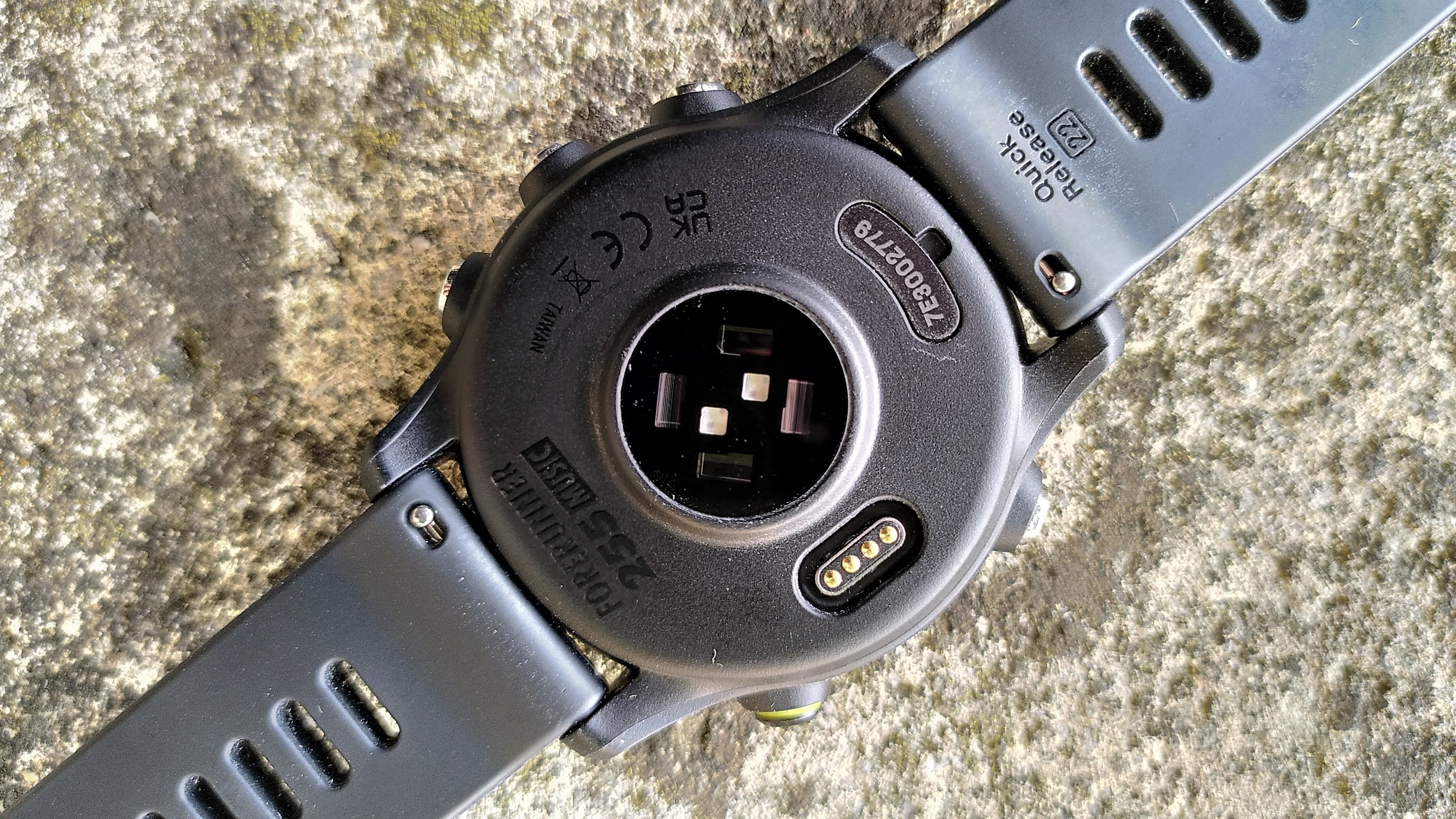
On the back you’ll find the watch’s optical heart rate monitor and SpO2 monitor, plus the charging socket. The Forerunner 255 uses the same proprietary USB charging cable as all Garmin watches released in recent years, and it fits snugly into its socket in use.
It comes in two versions: one with the ability to load music for offline playback through Bluetooth headphones, and one without. Whether the music version is worth the extra investment will depend on whether you like to exercise without carrying your phone. Even if you opt for the non-music version, you’ll still be able to control your phone’s music player from your wrist.
Garmin Forerunner 255 on the road
The Forerunner 255 feels lightweight and comfortable, and despite its resin case, doesn’t look at all cheap. In fact, its design very closely resembles that of the Forerunner 955 – Garmin’s new top-tier triathlon watch, which it launched at the same time.
Garmin claims a maximum battery life of 12 days in smartwatch mode, or 26 hours with GPS tracking enabled. In my tests these estimates proved rather conservative (the watch easily lasted 12 days with a tracked activity every other day and the screen brightness boosted a couple of notches). The lack of a solar option is a shame, though; Garmin’s Power Glass technology has come a long way in recent years, and does an excellent job of keeping its watches’ batteries topped up on the move. Hopefully the Forerunner 265 will offer this as an option, if not as standard.
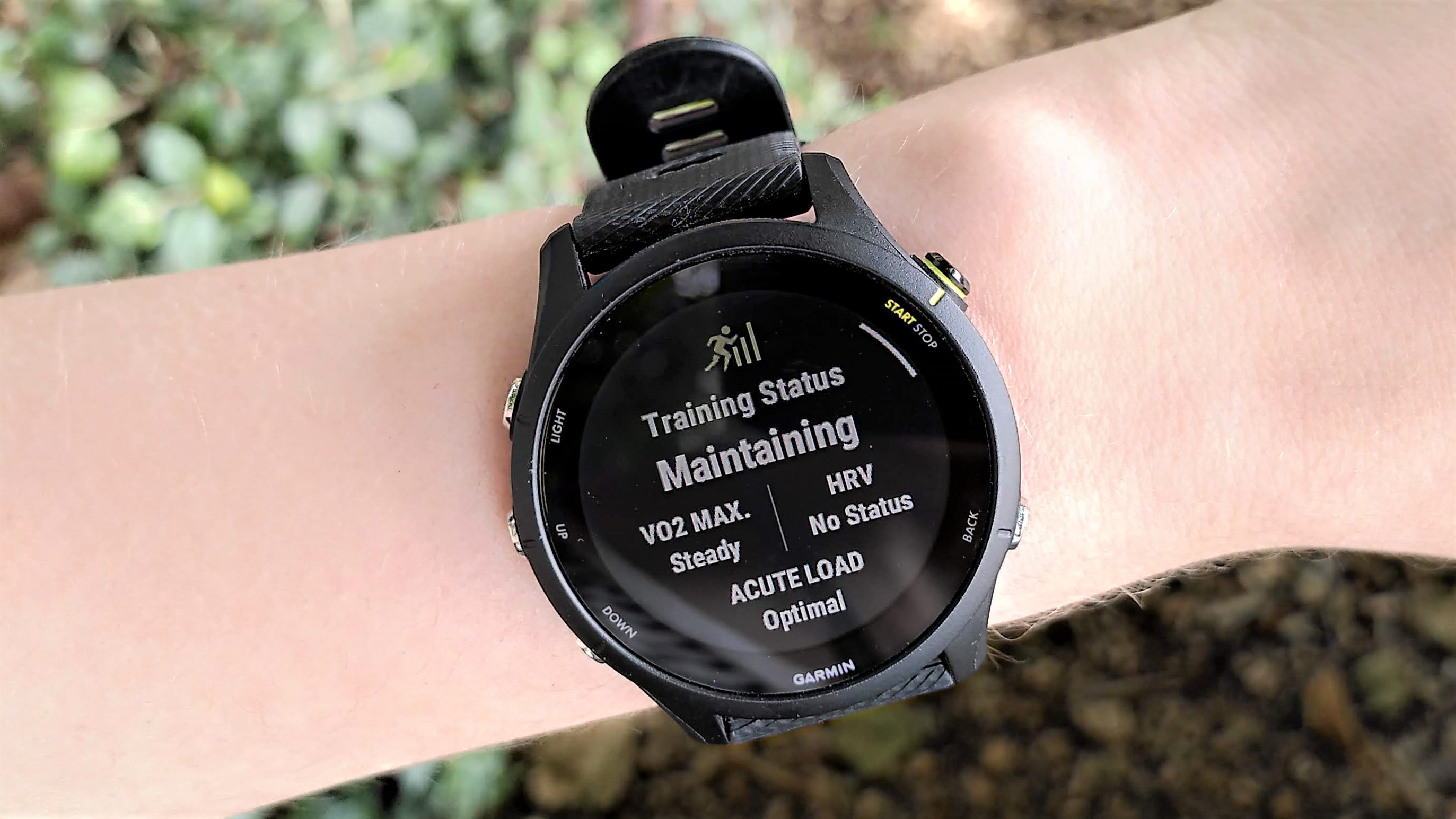
The Forerunner 255’s morning report is an enhanced version of the simple report introduced with the Garmin Lily in 2020. It provides a quick rundown of your day, which can include the weather forecast, forthcoming events, an assessment of your training readiness, and more – all customizable through the Garmin Connect app.
In recent years we’ve seen Garmin making big strides when it comes to accessibility, turning raw numbers and graphs into something that the average person can interpret and use. The new training readiness score is one example, explaining in plain language how well rested and prepared you are to tackle a workout based on recent activity, rest, and heart rate variability
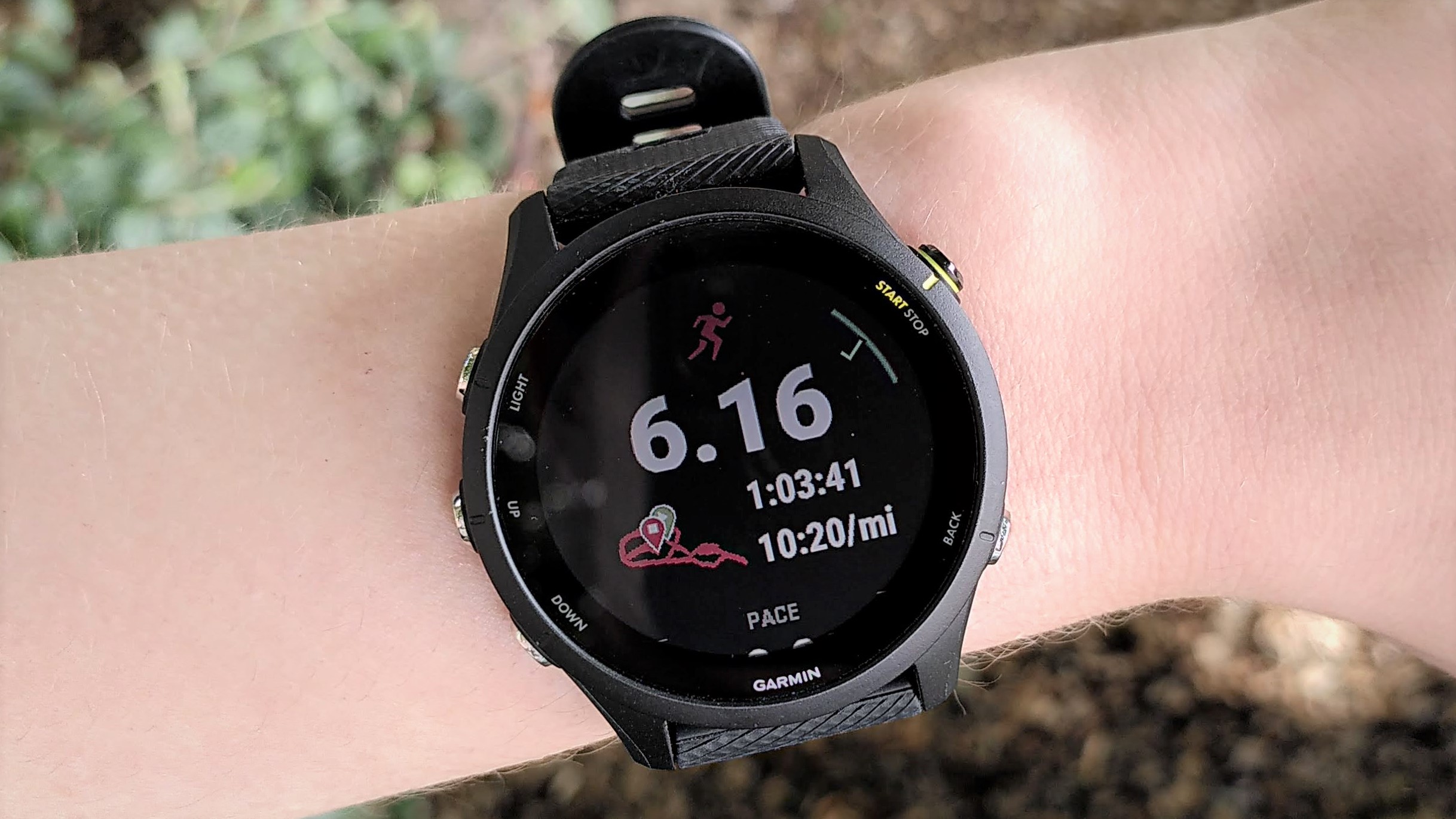
Its resin case means the Forerunner 255 isn’t the flashiest watch around, but it’s lightweight and extremely comfortable to wear. Even in hot weather, I didn’t experience any of the skin irritation that sometimes comes with wearing a sports watch, and I quickly forgot I was wearing it, even at night. The difference in thickness between this and the Garmin Fenix 7 might only be a few millimetres, but it makes a perceptible difference.
Another important upgrade for the 255 is the new Race Day widget, which helps you prepare for an event on a particular date. Like most of Garmin’s recent watches, the Forerunner 255 gives you daily suggested workouts based on your fitness level and recent training. These now factor in any races marked on your calendar, allowing you to build up and then taper your training accordingly. The widget will also show a predicted finish time, and even a weather forecast when the day itself rolls around do you know what to expect.

The watch presents you with a graph showing predicted finish times for different distances. In my tests, we found these improved in accuracy the more we ran; initially the 5km time was overly optimistic and the half and full marathon times were slower than I know I’m capable of, but they gradually evened out to match what I’d expect.
Sleep tracking results, always tricky to judge objectively, largely matched those from a Withings Sleep Analyzer mat under my mattress (which works using pressure sensors and a microphone to track noise and movement patterns overnight). The results were particularly interesting during a spell of hot weather, revealing far more disturbance than usual.
The Forerunner 255 accurately detected when I fell asleep and woke (unlike some sports watches that only measure from when you stop and start walking around), though like all Garmin watches, it’s unable to track naps or multi-phase sleep. If that’s a dealbreaker for you, you’ll be better served by a watch like the Amazfit T-Rex 2, which detects naps and factors them into your rest and recovery stats. One welcome feature for the 255, however, is the ability to log sleep records beyond one week, thereby building up a more complete picture of your rest and recovery patterns.
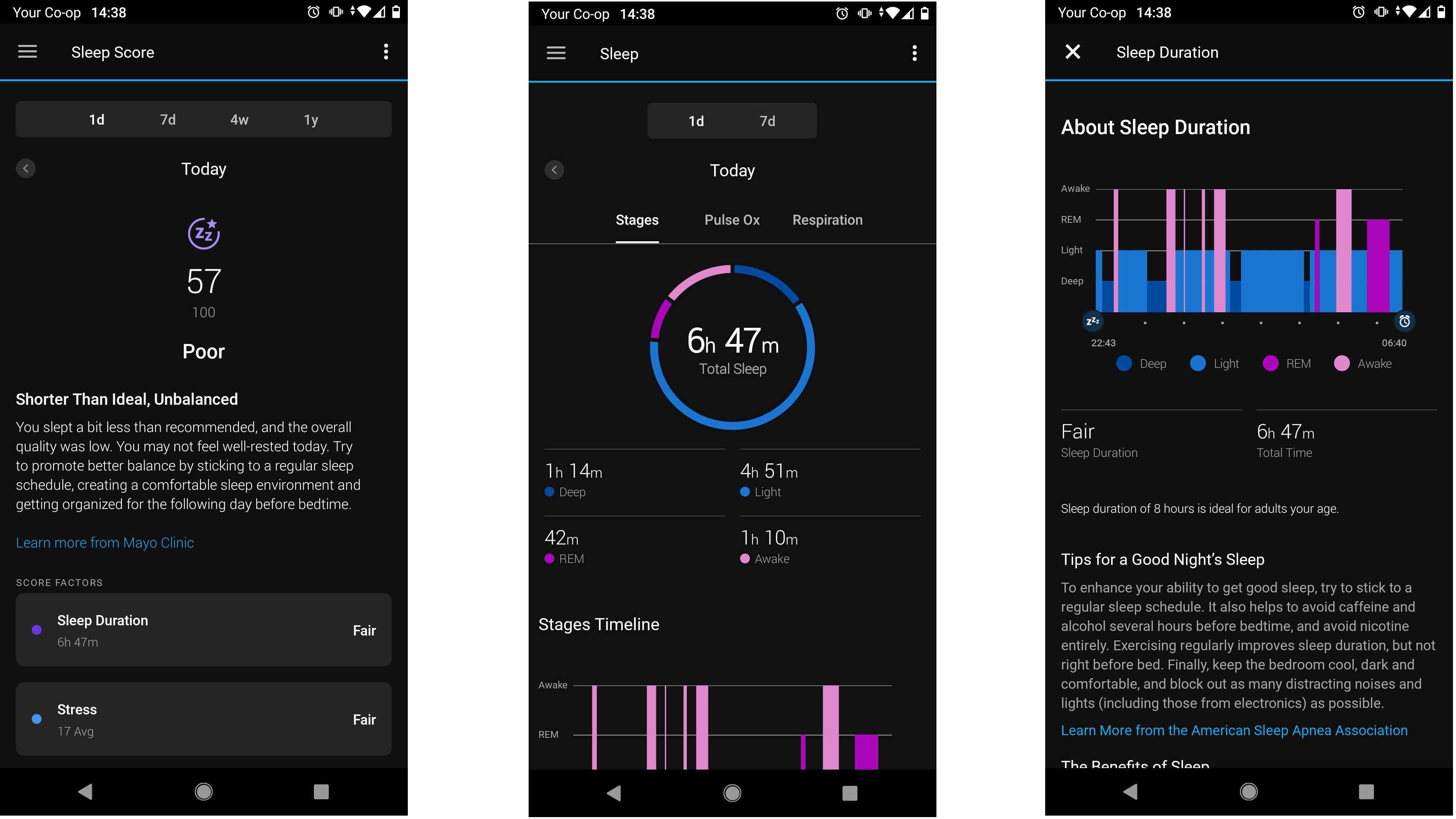
The watch’s multi-band GPS tracking is particularly impressive, and overall I'd say this is the best GPS watch I've tested so far on this front. During a measured 10km race, the Forerunner 255 calculated the course distance to within 12 meters; quite a feat for a route that passed through two tunnels, the longest of which was over a mile from start to finish with no satellite connectivity. During my testing period some Garmin watch users experienced a problem with GPS mapping where their plotted routes drifted off course (an issue caused by a software bug and quickly rectified), but this wasn’t something that affected me. Throughout all my training runs and races, the 255 proved to be one of the most accurate GPS watches I’ve tested to date.
It’s a similar story for cycling, including indoor workouts. During an intense static bike session, the Forerunner 255 was fast and responsive when it came to detecting changes in heart rate, performing admirably compared to a chest strap heart rate monitor.
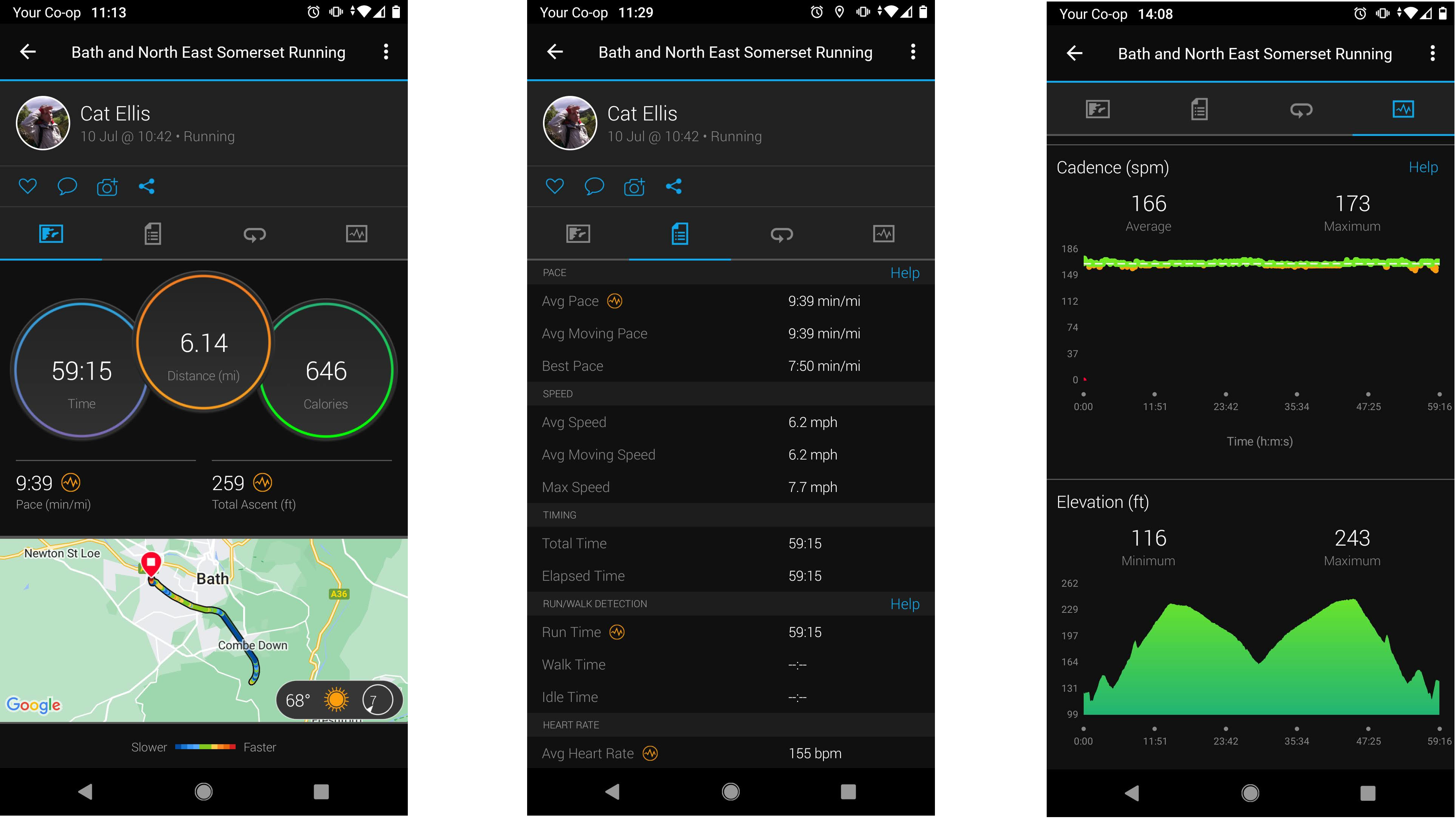
It’s not just about running, swimming, and cycling though; the Forerunner 255 doesn’t track as many activities as some other sports watches (such as those from Amazfit), but with good reason: each workout type on the 255 tracks a lot more than just heart rate and time. For example, when we tracked a stand-up paddleboarding session, we could see not only our distance, time, and calories burned, but also details like number of strokes and average distance per stroke. If you want to track an activity that’s not listed (such as rafting, for example), you could use either this or the rowing profile instead.
If you’re a beginner or intermediate runner then the less expensive Forerunner 55 is still easy to recommend as the best Garmin watch, but if you’re interested in taking your training to the next level and adding other sports to your regular schedule, the 255 is an excellent option.
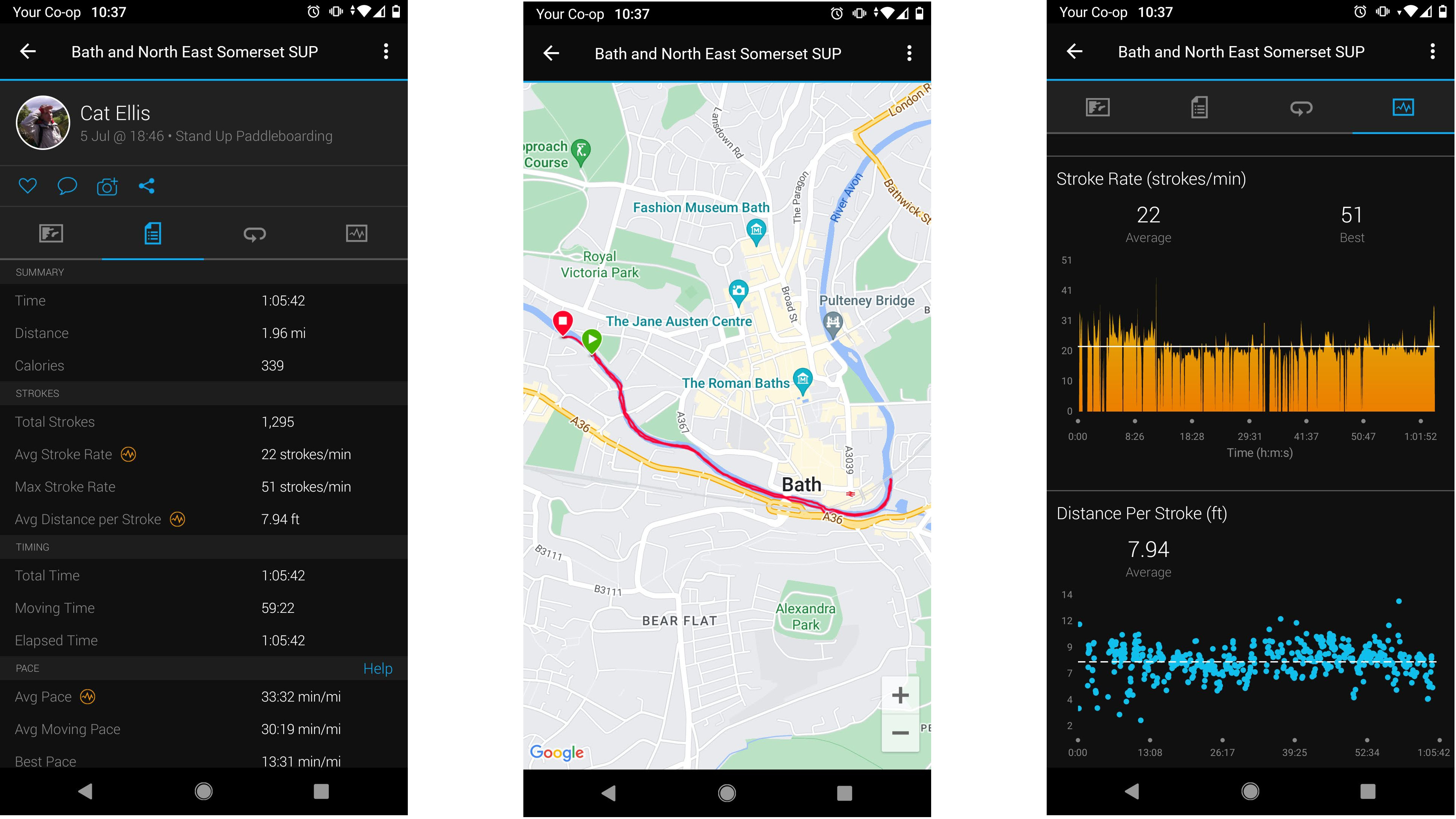
Garmin Forerunner 255 companion app
As mentioned earlier, the Forerunner 255 syncs with the Garmin Connect app, and unlike some other devices, Garmin watches sync with your phone automatically as soon as it’s within Bluetooth range so you can see your workout stats as soon as possible.
Once that’s done, opening the app allows you to view as much historic data as you want; unlike some other watchmakers, Garmin puts no limit of paywall in place, and you can view whole years’ worth of stats to see how your fitness and performance have changed over time.
Everything is well laid out, with clear explanations so you can drill down in as much detail as you like. It's a polished experience, and the best of any GPS watch app we've tested to date (though you may sometimes find yourself wondering whether certain stats will be filed under Health Stats or Performance Stats).

Cat is Homes Editor at TechRadar and former editor of Advnture. She's been a journalist for 15 years, and cut her teeth on magazines before moving online. She helps readers choose the right tech for their home, get the best deals, and do more with their new devices.
